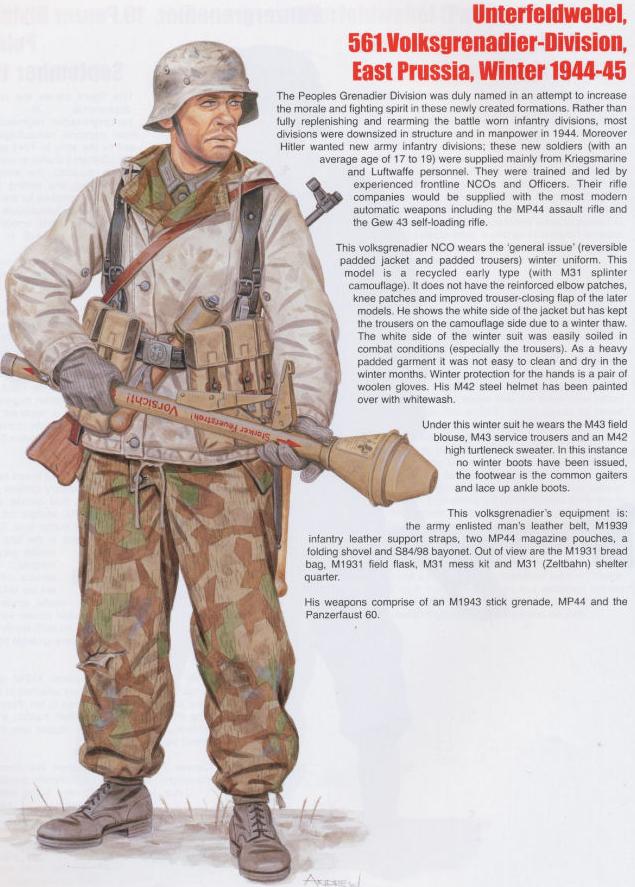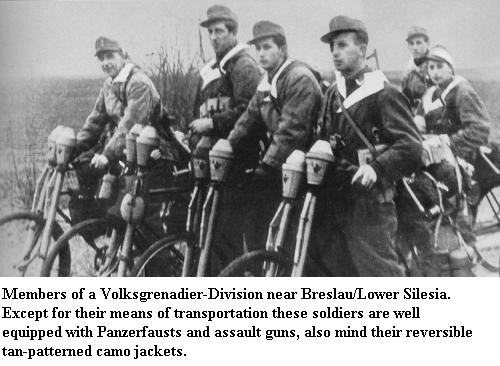Swiss Made Solothurn 20mm Cannon with a Rare Side Mounted Optical/Sniper Scope, Ammunition, Box Magazines

The weapon itself is just massive being almost 7 feet long. The Rheinmetall company was the original designer/ developer of this weapons in the early to mid 1930s. However due to the terms of the Versailles Treaty. Germany could not manufacture these weapons and so used the Solothurn factory in Switzerland to secretly manufacture them under their secret rearmament program. These were produced in 1939-1942 time frame. Eventually the Germans began to manufacture these weapons when they used them very effectively during WWII on both fighter aircraft and mounted on wheeled carriages. They were intended to be used as a light anti-tank gun, however as tank armor improved, their role shifted for use against light armored trucks and vehicles and fixed field guns. These weapons were beautifully machined and manufactured with all forged parts, that were 100% machined and fitted to exacting tolerances. They have an all blued metal finish with the complete bolt assembly left in the white. This specific weapon is rare as it still has its permanently mounted scope/sighting device mounted on the left side of the receiver. The telescopic sight assembly has a fully machined housing assembly that is actually integral with the receiver, directly over the opening for the box magazine with the optics fitted inside. It has a massive fully machined sunshade and rear eye piece with the rubber eye cup on the back. The scope itself appears to be approximately 3X and it has a single European style single aiming post for a reticle that has windage graduations on each side of the post. The top of the scope is set up just like a sniper rifle in that the elevation knob is calibrated from 1-12 (100-1200) meters, obviously for the standard 20mm cannon ammunition. In addition to the optical scope it has the standard folding front sight directly over the chamber area of the gun with a standard military style tangent rear sight, graduated from 2-15 (200-1500) meters. This weapon has the following receiver markings: 'SWITZERLAND/S18-1000/1940/No.1502". The receiver flat directly at the rear of the chamber area has a small “Cross/M” proofmark. The weapon functions in a barrel recoiling/blow-back operated fashion with the large box magazines mounted on the left side of the receiver with the ejection port on the right side. This cannon is fitted with a bipod mounted on the front of the receiver with a single adjustable monopod on the rear. It is complete with 10 original Swiss/Solothurn box magazines, two canvas box magazine carrier with shoulder straps, a large canvas bag that contains a complete cleaning rod set with four sections and handle assembly, asbestos gloves for holding on to the barrel when carrying or moving the cannon after firing, two spare recoil springs, four small tin boxes that are full of various small spare parts (cross and takedown pins and spring and washer assemblies) a armors/field maintenance cleaning or repair kit with various tools to service the cannon, a field maintenance manual, original large green painted storage box, with 42 (live) rounds of Blue tip ammunition and 30 (live) rounds of Brown tip WWII German 20mm ammunition. Most of the German ammunition is head stamped with “31 P” or “40 P” over “STAR/WaA720” with all having a brown tip stamped “40/10/WaA732”.  The 257th Infantry Division (German: 257. Infanterie-Division) was an infantry division of the German Army during World War II.
The 257th Infantry Division (German: 257. Infanterie-Division) was an infantry division of the German Army during World War II.
The division was destroyed in combat in August 1944 and formally dissolved on 9 October 1944. The division was redeployed as the 257th Volksgrenadier Division (German: 257. Volks-Grenadier-Division) on 13 October 1944, using personnel from the 587th Volksgrenadier Division.
History
[edit]
257th Infantry Division
[edit]
The 257th Infantry Division was formed in Berlin-Karlshorst in Wehrkreis III as a division of the fourth Aufstellungswelle on 26 August 1939, the day of German mobilization. It initially consisted of the Infantry Regiments 457, 466, and 477, as well as the Artillery Regiment 257. The three infantry regiments of the division took their initial battalions from several reserve formations of Wehrkreis III, including Infantry Regiment 8 (Frankfurt an der Oder), Infantry Regiment 9 (Wittenberg), Infantry Regiment 39 (Grünberg in Schlesien), Infantry Regiment 67 (Berlin-Spandau), Infantry Regiment 68 (Rathenow), and Infantry Regiment 150 (Berlin-Tegel).[1] The initial commander of the 257th Infantry Division was Max von Viebahn.[2]
After the Invasion of Poland, in which the division served a reserve role under Army Group South, it was used as an occupation force in the Kraków sector.[2]
On 29 January 1940, the 257th Infantry Division passed an infantry battalion of the 466th Regiment to the 293rd Infantry Division of the eighth Aufstellungswelle.[1]
In June 1940, during the Battle of France, the 257th Infantry Division stood opposite the Maginot Line, under the supervision of Army Group C. After the conclusion of the western campaign, the division was transferred back to Poland.[2]
On 4 October 1940, a third of the division was transferred to the 123rd Infantry Division of the eleventh Aufstellungswelle.[1]
Karl Sachs took command of the division on 1 March 1941.[2]
Between June 1941 and the summer of 1942, the 257th Infantry Division fought continuous battles in the German-Soviet war. It engaged in combat at Uman and participated in the encirclement of Kiev.[2] On 30 June 1941, elements of the division captured Bóbrka.[3] At the end of the year 1941, the 257th Infantry Division engaged in defensive operations against the Soviet winter campaign of 1941–42.[2]
In May 1942, the division fought in the Second Battle of Kharkov.[2] The 257th Infantry Division was now commanded by Karl Gümbel, who had assumed his post on 1 May 1942. Gümbel would be shortly replaced by Carl Püchler on 1 June.[2]
On 5 November 1943, Anton Reichard von Mauchenheim genannt Bechtolsheim assumed command of the division.[2]

On 2 July 1944, Friedrich Blümke assumed command of the division.[2]
In August 1944, the 257th Infantry Division was destroyed while under the supervision of Army Group South. It was formally dissolved on 9 October 1944.[1] Its final commander, appointed on 1 October 1944, had been Erich Seidel.[2]
257th Volksgrenadier Division
[edit]
257th Volksgrenadier Division
257. Volksgrenadier-Division
Active October 1944 – May 1945
Country ![]() Nazi Germany
Nazi Germany
Branch Army
Type Infantry
Size Division
Engagements World War II
The 257th Volksgrenadier Division was activated on 13 October 1944, using survivors of the 257th Infantry Division as well as the personnel of Shadow Division Groß-Görschen, also known as the 587th Volksgrenadier Division, a division of the thirty-second Aufstellungswelle. The Grenadier Regiments of the 257th Volksgrenadier Division were still numbered 457, 466, and 477, as they had been under the 257th Infantry Division.[1]
The 257th Volksgrenadier Division was captured by United States Army forces at Füssen in May 1945.[1]
The 257th Volksgrenadier Division’s only commander was Erich Seidel.[2] 